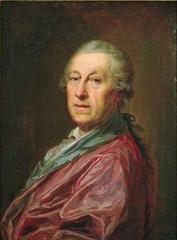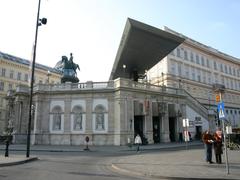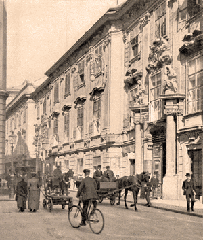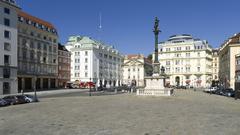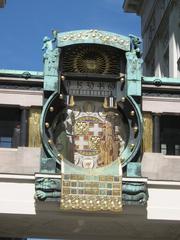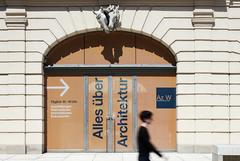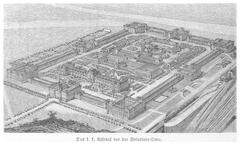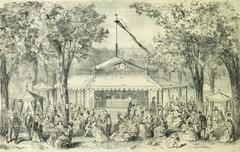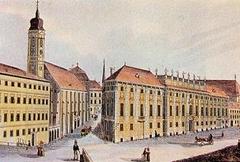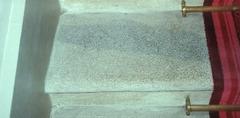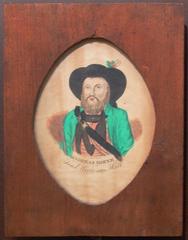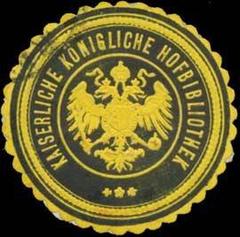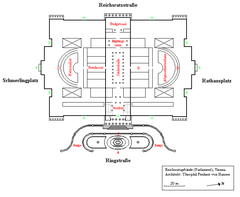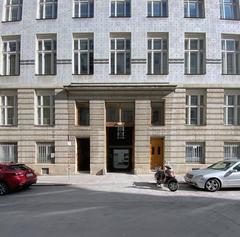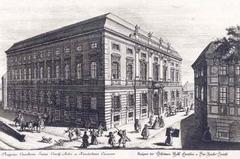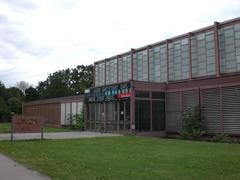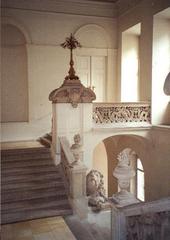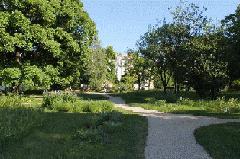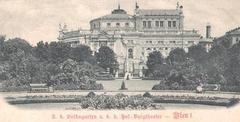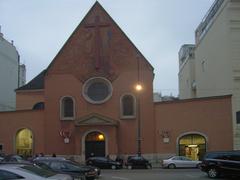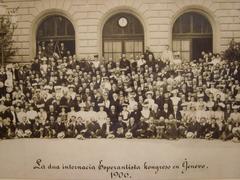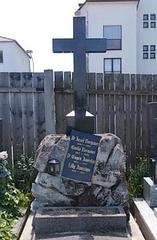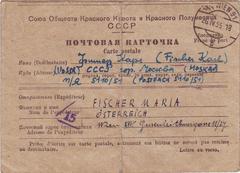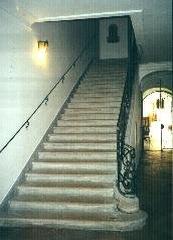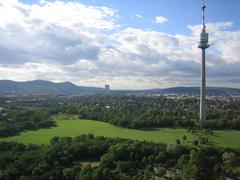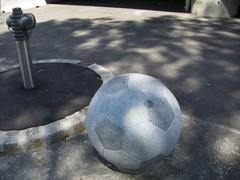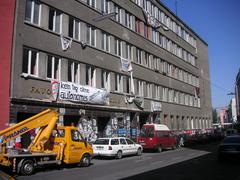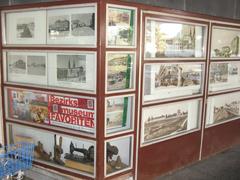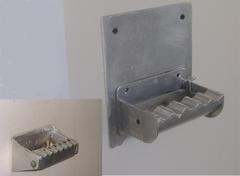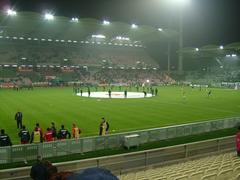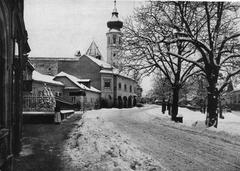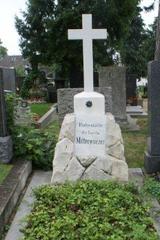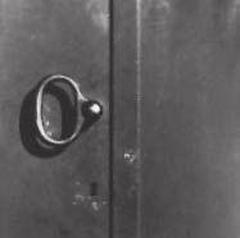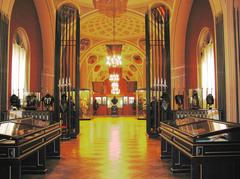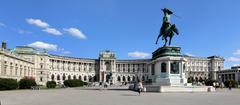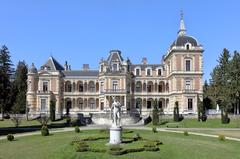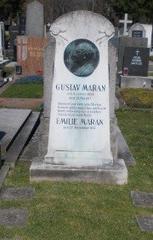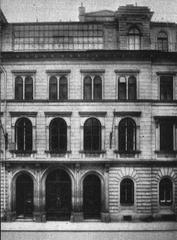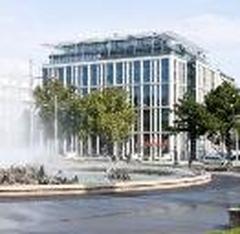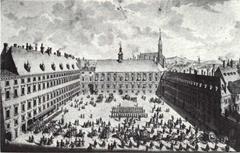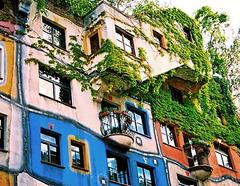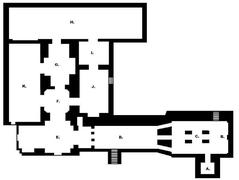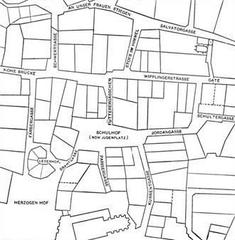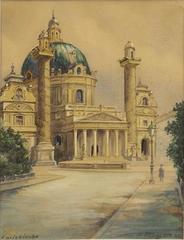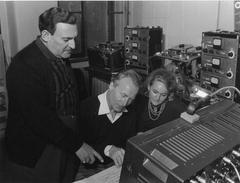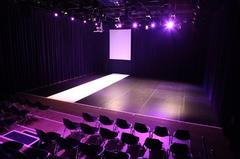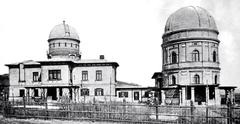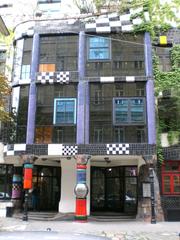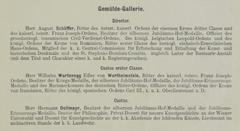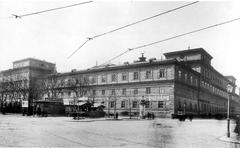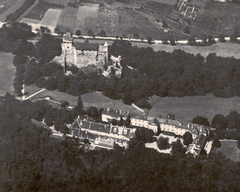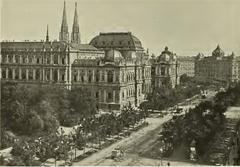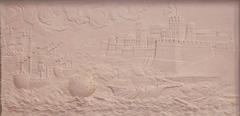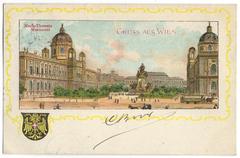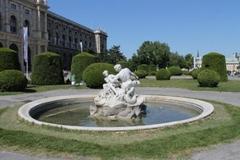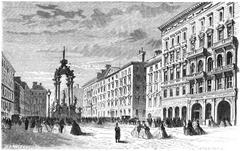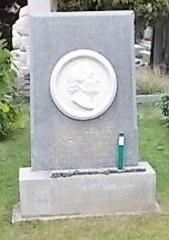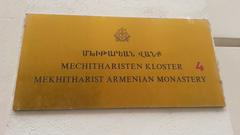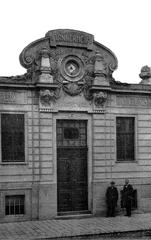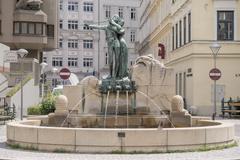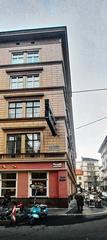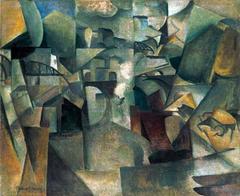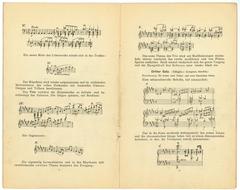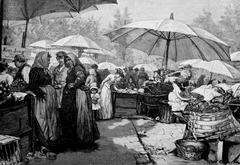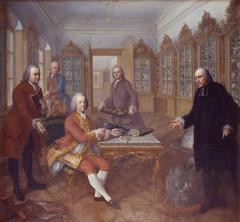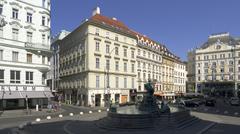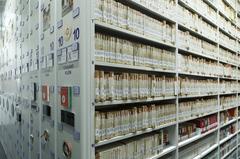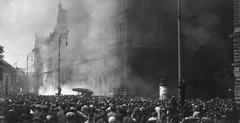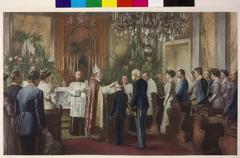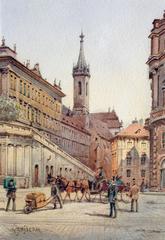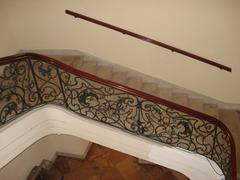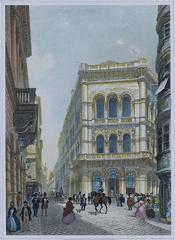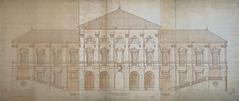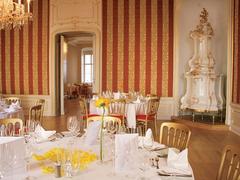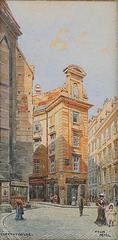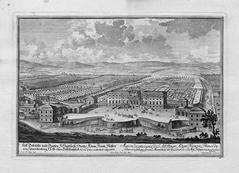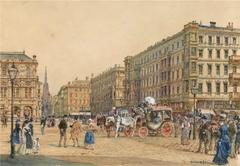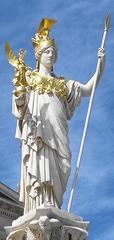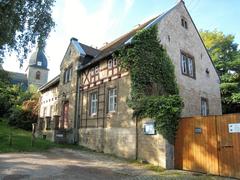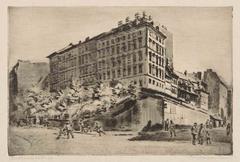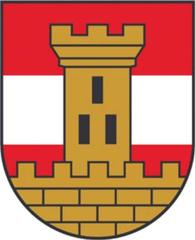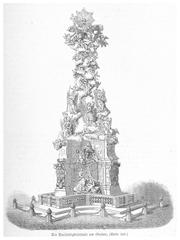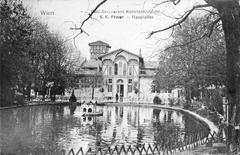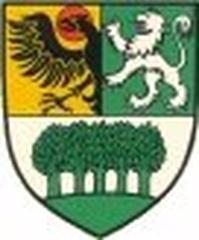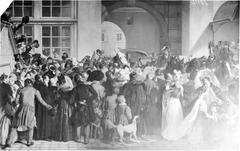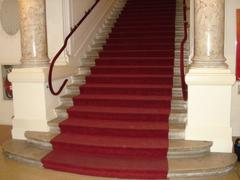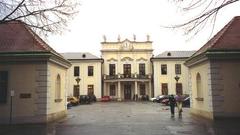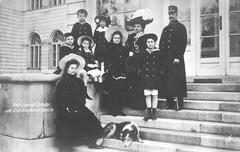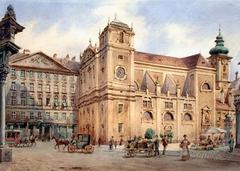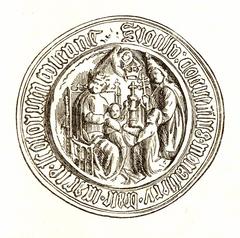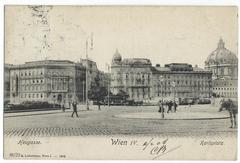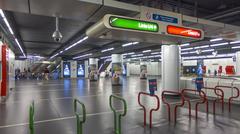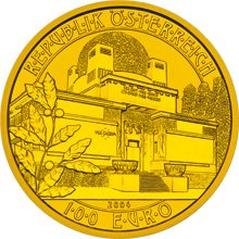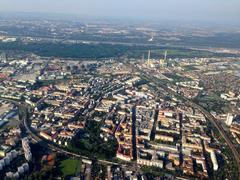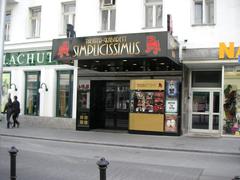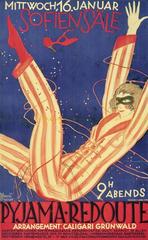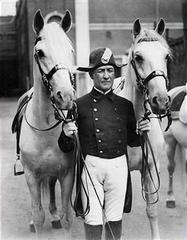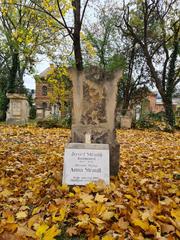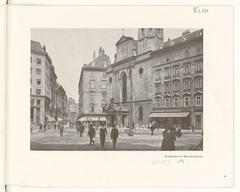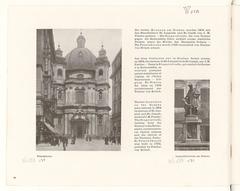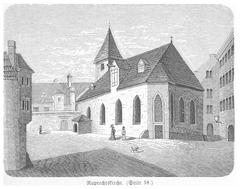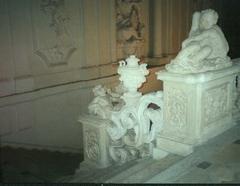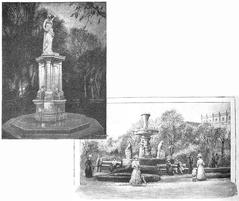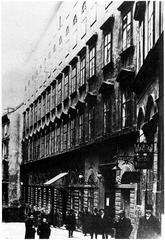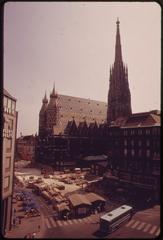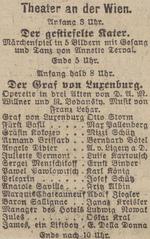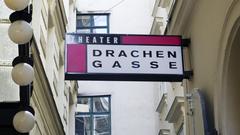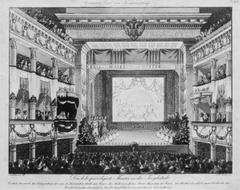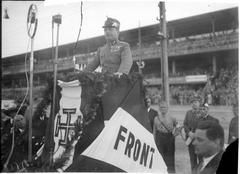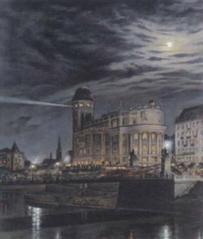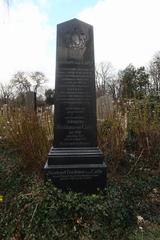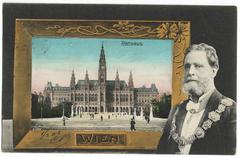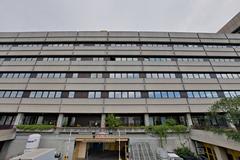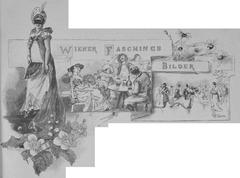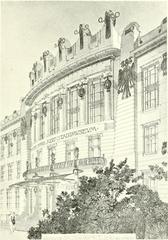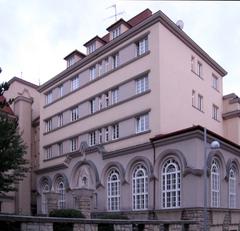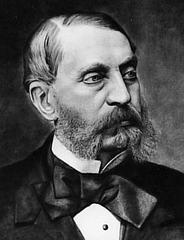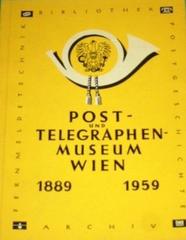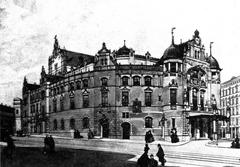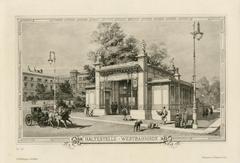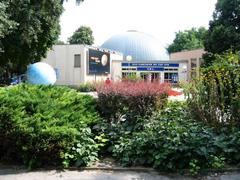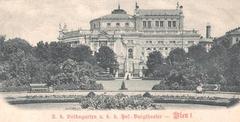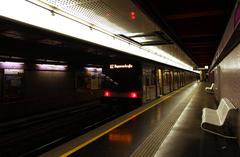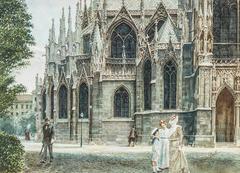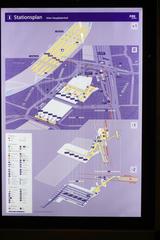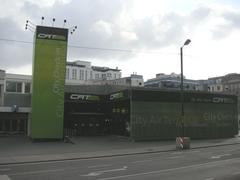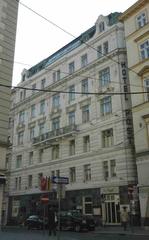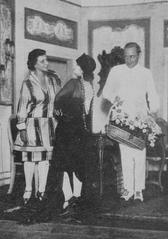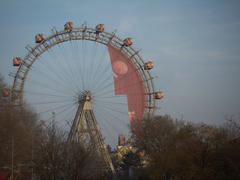Small Gloriette Visiting Hours, Tickets, and Historical Significance in Vienna
Publication Date: 01/08/2024
Overview of Small Gloriette and Its Importance
Vienna, Austria, a city renowned for its imperial history, architectural marvels, and captivating cultural heritage, is home to the Schönbrunn Palace Gardens, a UNESCO World Heritage site. Nestled within these gardens is the Small Gloriette, a lesser-known yet historically significant structure that offers visitors a serene retreat amidst the grandeur of the Habsburg dynasty. This comprehensive guide aims to provide an in-depth exploration of the Small Gloriette, covering its rich history, architectural features, cultural significance, and practical visitor information, ensuring that your visit is both enjoyable and informative. Whether you’re a history enthusiast, a photography lover, or simply looking to experience the tranquil beauty of Vienna’s historical sites, the Small Gloriette promises a unique and memorable experience. For more detailed information, check the official Schönbrunn Palace website.
Detailed Table of Contents
- Introduction
- History and Significance
- Architectural Genesis and Design
- Purpose and Symbolism
- Historical Context
- Architectural Features
- Cultural Significance
- Visitor Experience
- Preservation and Accessibility
- Practical Information for Visitors
- Tickets and Hours
- Getting There
- Best Time to Visit
- Guided Tours
- What to Bring
- Dining Options
- Nearby Attractions
- Accessibility
- Safety Tips
- Photography Tips
- Special Events
- FAQ
- Conclusion
Introduction
The Small Gloriette at Schönbrunn Palace is an architectural gem that offers a glimpse into the opulent world of the Habsburg dynasty. This article provides a comprehensive guide to visiting the Small Gloriette, including its history, significance, ticket information, and practical tips for making the most of your visit to this Vienna historical site.
History and Significance
Architectural Genesis and Design
The Small Gloriette, a lesser-known yet significant structure within the Schönbrunn Palace park, stands as a testament to the architectural ingenuity of the 18th century. Constructed between 1755 and 1772, this two-story pavilion is believed to be based on a design by the court architect Nikolaus Pacassi. Pacassi, renowned for his work on various Habsburg residences, infused the Small Gloriette with a blend of baroque and neoclassical elements, making it a unique architectural marvel (Schönbrunn Palace).
Purpose and Symbolism
The Small Gloriette was not merely an ornamental structure but served a functional purpose as well. Positioned strategically on the eastern side of the park, it provided a picturesque vantage point for the imperial family and their guests. The pavilion’s design, with its tower-like appearance, symbolized the grandeur and power of the Habsburg dynasty. It was a place where the royals could retreat and enjoy the serene beauty of the surrounding wooded hillside (Visiting Vienna).
Historical Context
The construction of the Small Gloriette occurred during the reign of Empress Maria Theresa, a period marked by significant architectural and cultural advancements in Vienna. The pavilion was part of a broader effort to enhance the Schönbrunn Palace gardens, transforming them into a symbol of imperial splendor. The Small Gloriette, along with other structures like the larger Gloriette and the Obelisk Fountain, contributed to the overall aesthetic and functional landscape of the palace grounds (Wien Info).
Architectural Features
The Small Gloriette’s architectural features are a blend of baroque opulence and neoclassical simplicity. The pavilion’s two-story structure is adorned with intricate carvings and sculptures that reflect the artistic trends of the time. The use of columns and arches in its design not only adds to its aesthetic appeal but also provides structural stability. The pavilion’s elevated position on the hillside enhances its visual impact, making it a prominent feature of the Schönbrunn Palace park (The Perpetual Saturday).
Cultural Significance
The Small Gloriette holds significant cultural value as it represents the artistic and architectural achievements of the Habsburg era. It is a symbol of the imperial family’s patronage of the arts and their commitment to creating spaces that reflect their power and prestige. The pavilion also serves as a reminder of the historical events and personalities associated with the Schönbrunn Palace, adding to its cultural and historical richness (Nomad Epicureans).
Visitor Experience
Today, the Small Gloriette continues to attract visitors who are keen to explore its historical and architectural significance. The pavilion offers a tranquil retreat within the bustling Schönbrunn Palace park, providing visitors with a glimpse into the opulent lifestyle of the Habsburgs. The surrounding wooded hillside adds to the serene ambiance, making it a perfect spot for relaxation and reflection. Visitors can also enjoy panoramic views of the palace gardens and the city of Vienna from the pavilion, enhancing their overall experience (Visiting Vienna).
Preservation and Accessibility
Efforts have been made to preserve the Small Gloriette and maintain its historical integrity. The pavilion is part of the larger Schönbrunn Palace complex, which is a UNESCO World Heritage site. This designation ensures that the Small Gloriette, along with other historical structures within the palace grounds, is protected and preserved for future generations. Visitors can access the pavilion through the Schönbrunn Palace park, which is open to the public year-round (Schönbrunn Palace).
Practical Information for Visitors
Tickets and Hours
For those planning to visit the Small Gloriette, it is advisable to check the opening hours and any special events that may be taking place within the Schönbrunn Palace park. The pavilion is accessible via a scenic walk through the park, and visitors are encouraged to wear comfortable footwear due to the slightly uphill path leading to the pavilion. Admission to the Small Gloriette is included in the general ticket for the Schönbrunn Palace gardens, making it a convenient addition to any visit to the palace (The Perpetual Saturday).
Getting There
The easiest way to reach the Schönbrunn Palace Gardens is by public transportation. The U4 subway line stops at Schönbrunn station, which is a short walk from the palace grounds. Alternatively, trams 10 and 60, as well as bus 10A, also stop near the palace. For those driving, there is limited parking available, but it is advisable to use public transport to avoid the hassle of finding a parking spot.
Best Time to Visit
The best time to visit the Small Gloriette is during the spring and early autumn months. The weather is mild, and the gardens are in full bloom, providing a picturesque backdrop for your visit. Summer can be quite crowded and hot, but the early mornings and late afternoons offer a more pleasant experience. Winter visits can be magical with fewer crowds and the possibility of snow, but be prepared for cold weather.
Guided Tours
For a more enriching experience, consider joining a guided tour. These tours often provide historical context and interesting anecdotes about the Gloriette and the Schönbrunn Palace Gardens. Audio guides are also available for those who prefer to explore at their own pace. Check the official Schönbrunn Palace website for tour schedules and booking information (Schönbrunn Palace Tours).
What to Bring
- Comfortable Footwear: The Schönbrunn Palace Gardens are vast, and you will be doing a lot of walking. Comfortable shoes are a must.
- Water and Snacks: While there are cafes and restaurants within the palace grounds, bringing your own water and snacks can be convenient, especially on hot days.
- Camera: The Small Gloriette and the surrounding gardens offer numerous photo opportunities. A camera or a good smartphone is essential for capturing these moments.
- Weather-Appropriate Clothing: Depending on the season, bring a hat and sunscreen for summer visits or a warm coat and gloves for winter.
Dining Options
There are several dining options within the Schönbrunn Palace grounds:
- Café Gloriette: Located within the Gloriette itself, this café offers stunning views of Vienna and a selection of traditional Austrian pastries and coffee.
- Café Residenz: Situated near the palace, this café is known for its apple strudel show, where you can watch the traditional pastry being made.
- Landtmann’s Jausen Station: A charming spot for a light meal or snack, located within the gardens.
Nearby Attractions
While visiting Small Gloriette, take the time to explore other attractions within the Schönbrunn Palace Gardens:
- The Great Parterre: A beautifully manicured garden area with intricate designs and statues.
- The Neptune Fountain: A grand fountain located at the foot of the Gloriette Hill.
- The Maze and Labyrinth: Fun for both adults and children, these areas offer a playful break from the historical exploration.
- The Palm House: A stunning greenhouse with exotic plants from around the world.
Accessibility
The Schönbrunn Palace Gardens are generally accessible to visitors with mobility issues. There are paved paths throughout the gardens, and the Gloriette is accessible via a ramp. However, some areas, such as the maze, may be more challenging to navigate. It is advisable to check the Schönbrunn Palace website for detailed accessibility information (Schönbrunn Accessibility).
Safety Tips
- Stay Hydrated: Especially during the summer months, make sure to drink plenty of water.
- Sun Protection: Wear sunscreen, a hat, and sunglasses to protect yourself from the sun.
- Stay on Marked Paths: To preserve the beauty of the gardens and for your safety, stay on the marked paths and avoid walking on the grass or flower beds.
- Watch Your Belongings: As with any popular tourist destination, be mindful of your belongings and watch out for pickpockets.
Photography Tips
- Golden Hour: The best time for photography is during the golden hour, shortly after sunrise or before sunset, when the light is soft and warm.
- Wide-Angle Lens: A wide-angle lens is ideal for capturing the grandeur of the Gloriette and the expansive gardens.
- Details: Don’t forget to capture the intricate details of the statues, fountains, and architectural elements.
Special Events
The Schönbrunn Palace Gardens host various events throughout the year, including classical concerts, garden tours, and seasonal festivals. Check the official website for a calendar of events to see if there is something special happening during your visit (Schönbrunn Events).
FAQ
What are the visiting hours for the Small Gloriette? The Small Gloriette follows the opening hours of the Schönbrunn Palace Gardens: 6:30 AM to 9:00 PM (April to October) and 6:30 AM to 5:30 PM (November to March).
How much do tickets to the Small Gloriette cost? Admission to the Small Gloriette is included in the general ticket for the Schönbrunn Palace gardens. For detailed pricing, visit the Schönbrunn Palace official website.
What are some nearby attractions to the Small Gloriette? Nearby attractions include the larger Gloriette, the Obelisk Fountain, and the Schönbrunn Palace itself. The palace gardens also offer various other historical and picturesque sites worth exploring.
Is the Small Gloriette accessible for visitors with mobility issues? Yes, the Schönbrunn Palace Gardens are generally accessible, with paved paths and ramps. However, some areas may be more challenging to navigate.
Conclusion
The Small Gloriette stands as a remarkable example of 18th-century architecture and a symbol of the Habsburg dynasty’s grandeur. Its historical and cultural significance, coupled with its serene location within the Schönbrunn Palace park, makes it a must-visit for anyone exploring Vienna. By preserving and maintaining this architectural gem, we ensure that future generations can continue to appreciate its beauty and historical importance (Wien Info).
Citations and Further Reading
- Schönbrunn Palace. (n.d.). Small Gloriette. Retrieved from Schönbrunn Palace
- Visiting Vienna. (n.d.). Gloriette. Retrieved from Visiting Vienna
- Wien Info. (n.d.). Gloriette. Retrieved from Wien Info
- The Perpetual Saturday. (n.d.). Gloriette. Retrieved from The Perpetual Saturday
- Nomad Epicureans. (n.d.). Vienna in August. Retrieved from Nomad Epicureans
- Vienna Itineraries. (n.d.). Gloriette. Retrieved from Vienna Itineraries
- Vienna Unwrapped. (n.d.). Things to do in Vienna in August. Retrieved from Vienna Unwrapped
